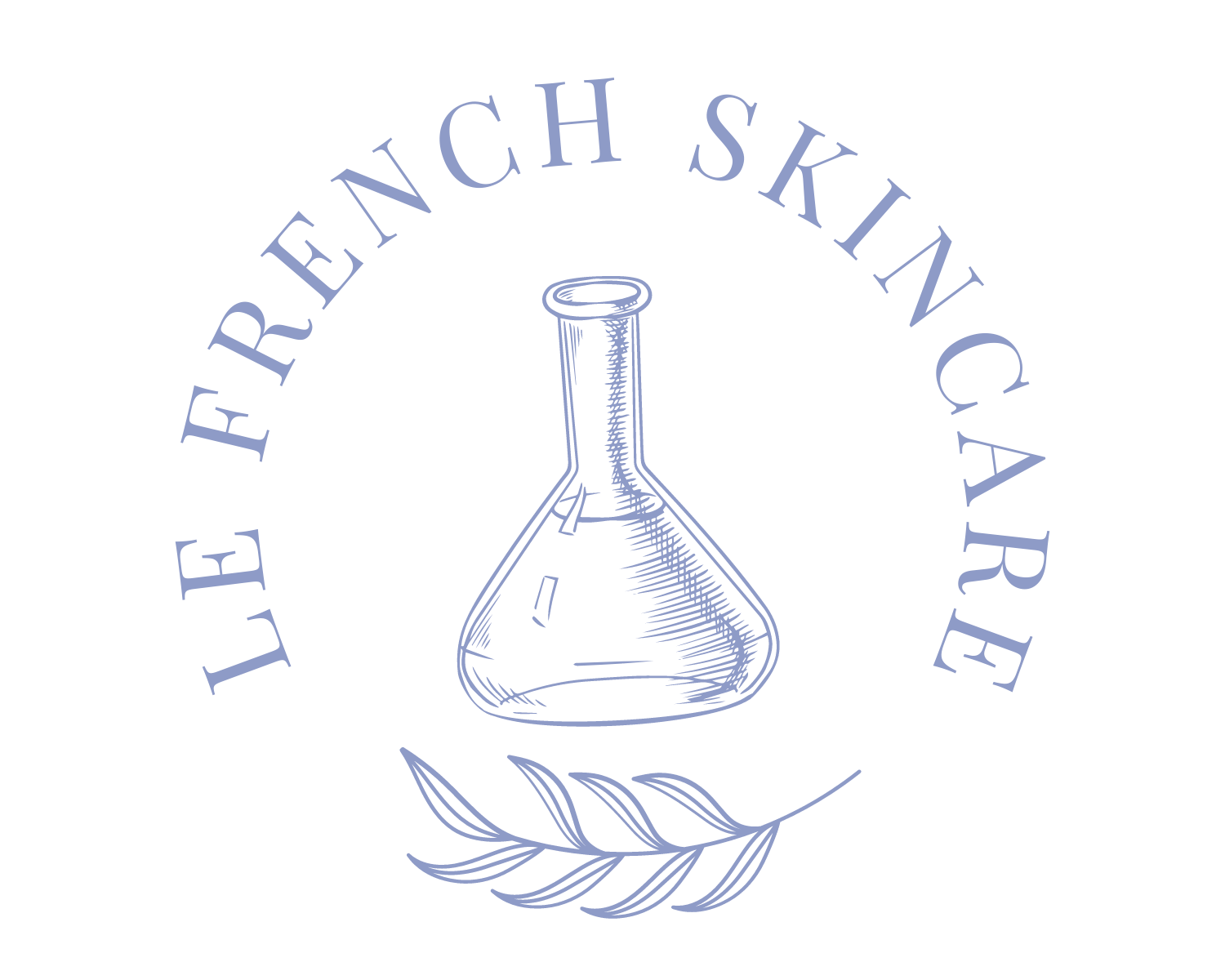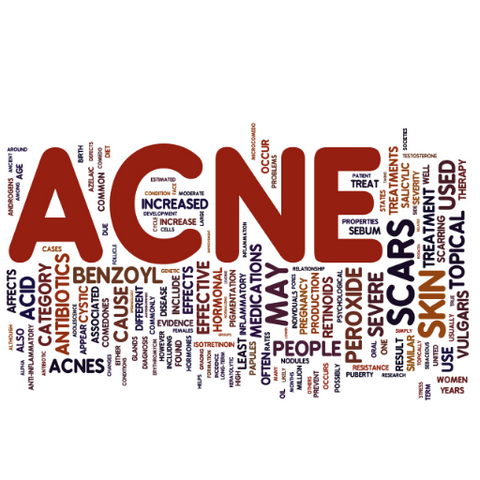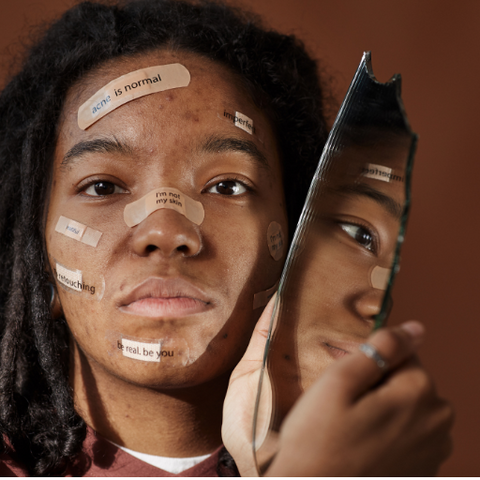At our spa in downtown Portland, we’ll tell you if we think your skin could use a little TLC!Especially for those clients who have acne-prone skin or are experiencing breakouts, chances are you’ve been given the “wash less, hydrate more” lecture, stemming from our philosophy that much of what causes and exacerbates acne is an over-treatment of the skin. And yet, while we’ve been able to calm and even clear the skin of many of our clients with this philosophy, acneic skin still remains (even for dermatologists) one of the hardest skin conditions to treat, simply because there are so many factors that play in to the cause and effect.
In our never-ending search to get the answers we (and our clients!) crave, we recently began exploring the research of Dr. James E. Fulton, a renowned dermatologist who co-invented Retin-A, a popular acne medication, and have been able to grasp a better understanding of acne. In turn, we want to share the ins and outs of acne with you, because the sooner you know about the enemy you’ll be facing, the better equipped you’ll be to fight it!
The first thing you should know is that acne is a disease, and unfortunately one that is predetermined by genetics, so if your family has a history of acne, chances are you will experience it to some degree at some point in your life.
But you’re not alone! Nearly 85 percent of teenagers, 50 percent of women ages 20-29, and 25 percent of women ages 39-50 suffer from acne.
The important thing to know is that there is a difference between what causes acne and what exacerbates it.
- Acne bacteria exists in the pores of every human being (10,000 on the face alone!) and does NOT dwell in greater numbers in acne-prone people. The difference is that there is a genetic defect in the pores of acne-prone people that make those pores react differently to normal functions than those same pores in people with clear skin. This genetic defect is the CAUSE of acne.
- Unfortunately, there is probably no other disease with such alleged “causes” and “cures” as acne. Claims have been thrown around by cosmetics companies and skin care professionals for years, everything from the theory that chocolate, greasy foods, and oily moisturizers cause acne, or that scrubbing the “dirt” off your face will rid it of blackheads and blemishes.
- While they may be contributing factors to the already existing problem, they did NOT cause it. In fact, trying to pinpoint one of these as the cause will only create a vicious cycle that the acne sufferer must endure as they bounce from product to product and one dietary restriction to another, never addressing the root of the problem.
Now for the million dollar question- what IS the cause of acne?
We can only begin to answer this question by first gaining a better understanding of the environment in which all things leading to acne occur- the skin!
- The skin has many layers, and those layers are made of cells that are constantly dividing and moving towards the surface, where they will eventually “shed.”
- As cells near the outermost layer of your skin, they also become loaded with a protein called keratin, which is responsible for maintaining the skin’s protective properties.
- We mentioned before that the root cause of acne is genetics, and it is in the cell-turnover process that those who were dealt this “gene” card experience what is known as retention-hyperkeratosis.
- As the skin cells shed on the surface of the skin, so do they within the pores. During hyperkeratosis, skin cells loaded with keratin are turning over at a rapid rate, much faster than the natural shedding process can keep up with.
- As they collect within the pore, the nearby oil gland adds to the problem by producing the skin’s natural oil that the cells will then mix with, thus forming a keratin plug and jump-starting acne’s vicious attack plan.
- Meanwhile, the pores in the skin are actually follicles, or what we know our hair to grow out of. While many follicles produce thick hair that easily acts as a “wick” for the oil to travel up to the surface, most produce predominantly oil and nothing else but a microscopic hair that does little to no good transferring oil to the surface.
- An interesting side-note is that not all sebaceous follicles mature (or begin producing oil) at once, but rather in stages as YOU age. The first to mature are the follicles in the T-Zone are (forehead and nose,) then the cheeks, followed by the upper chest and back, the jawline, and lastly the upper neck. Chronic acne sufferers and clients who experienced clear skin as teenagers but have noticed breakouts in adulthood will be able to relate!
So now you have a basic but better understanding of the skin, the place where acne occurs. In next week’s blog post, we’ll be discussing what happens AFTER the genetic triggering process, what happens when acne enters the stage where it becomes noticeable, as well as taking a look at some of the most commonly known (and some not commonly known) aggravating factors.




